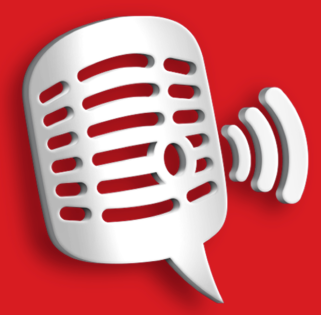If you’re poorly, you might go to the doctor and get some medicine to help rid you of your horrible infection.
Antibiotics, are what those types of medicines are called, and they’re really amazing!
Most coughs and colds get better on their own. Antibiotics are special medicines which help treat serious infections caused by bacteria – and only bacteria! They simply do not work against other harmful microbes such as viruses.
The very first antibiotic to be used was PENICILLIN – and it’s all thanks to Alexander Fleming in 1928. He had returned to his laboratory after a holiday to find things in a dreadful mess…
Dirty petri dishes and test-tubes were everywhere! But he noticed that a mould growing on a dish had begun to kill a bacteria called STREPTOCOCCUS that was also on the dish.
This was PENICILLIUM – and from his discovery, this mould and others like it were grown and turned into medicines to treat infections.
These medicines are called Antibiotics. Anti meaning ‘against’ and biotic meaning ‘living thing’!
There are several ways in which antibiotics can be used – in the form of a pill or capsule, or a cream you can rub onto your skin. If someone is very sick, they can also be injected directly into the patient’s bloodstream.
They’re a type of penicillin called AMOXICILLIN. It works well against infections which are caused by the PNEUMOCOCCUS bacteria.
Not all antibiotics work the same way. Some, such as CIPROFLOXACIN, prevents bacteria from reproducing by halting important cell enzymes.
Others like ERYTHROMYCIN interfere with protein synthesis – bacteria need proteins to grow and function. And remember, antibiotics are only effective for bacterial infections.
If you’ve got a cold, some types of sore throat or athlete’s foot – you’ll need different treatments because those infections are caused by different microbes.
Doctors want antibiotics to keep on working and to do this it’s important to use them correctly.
If you don’t take them as your doctor or nurse says, harmful bacteria that remain alive may develop a resistance before they are wiped out. This makes it harder for antibiotics to work the next time.
And remember, like all medicines, antibiotics are only for the person for whom they were prescribed. Different types of antibiotics are given for different infections and it can be dangerous to share them.
Activities for you to do
Activity 1:  Body Busters Can you beat the bacteria in this exciting pac man style game? Collect all the antibiotics around the maze to kill the bacteria and get to the next level. Watch out for viruses who will reduce your lives and are unaffected by the antibiotics, but remember to bump into the friendly round bacteria to get a boost of life!
Body Busters Can you beat the bacteria in this exciting pac man style game? Collect all the antibiotics around the maze to kill the bacteria and get to the next level. Watch out for viruses who will reduce your lives and are unaffected by the antibiotics, but remember to bump into the friendly round bacteria to get a boost of life!
Activity 2: Doctor Doctor You run the hospital in this race against the clock game, save you patients by giving them the correct  treatment: antibiotics for bacterial infections, and water and bed rest for viral infections.
treatment: antibiotics for bacterial infections, and water and bed rest for viral infections.
Activity 3: Try out this fun experiment at home using equipment you can find in the kitchen. Using fun chemistry look out for the colour change which shows you if an antibiotic will work against a bacterial or viral infection. Click here for more Kitchen Investigators
And for teachers
Run a lesson with your students on antibiotics: Primary / Secondary
- Antibiotics are special medicines used to treat bacterial infections.
- Antibiotics do not work against viruses.
- Most coughs and colds get better on their own.
- Help keep antibiotics working by not overusing them.



 Apple Podcasts
Apple Podcasts Spotify
Spotify
 Google Podcasts
Google Podcasts Player FM
Player FM Pocket Casts
Pocket Casts